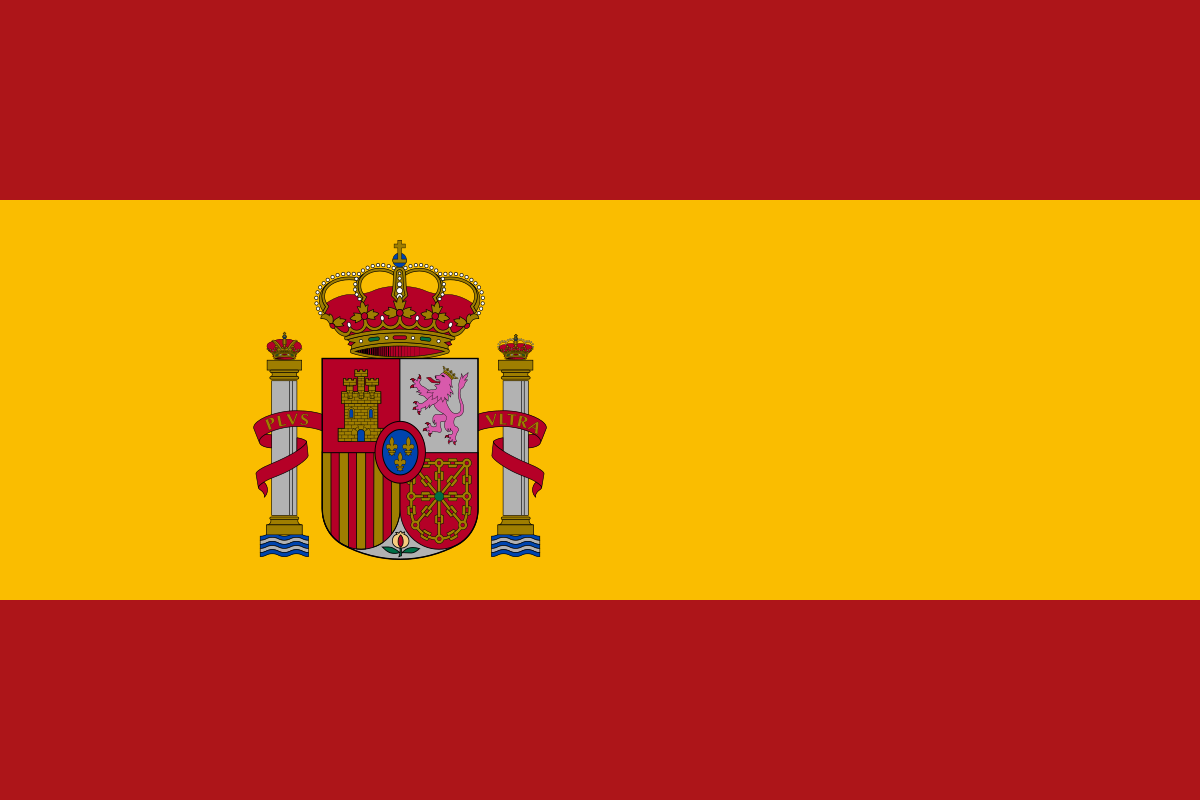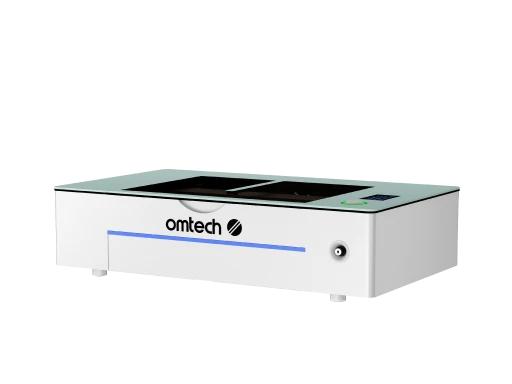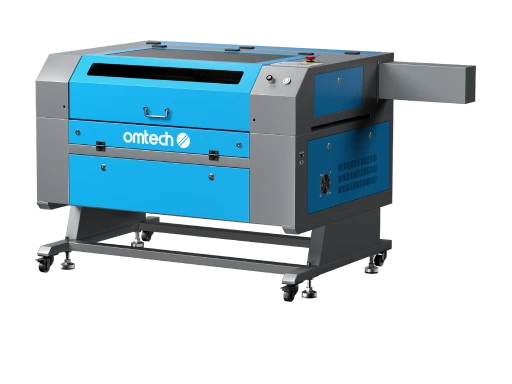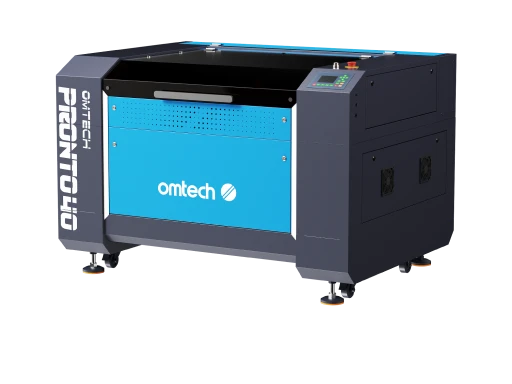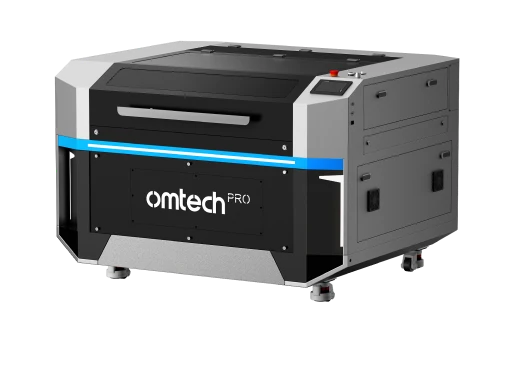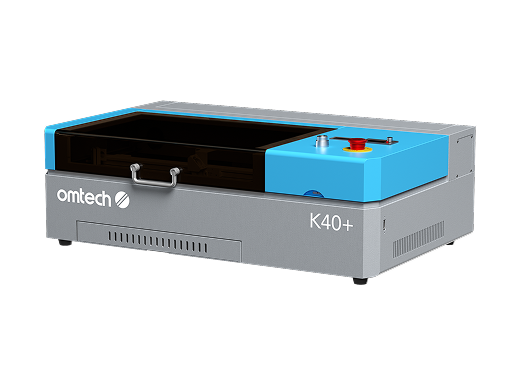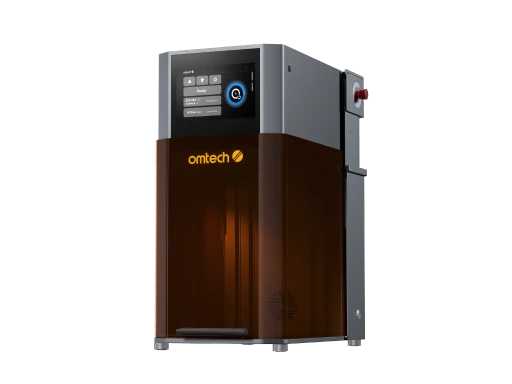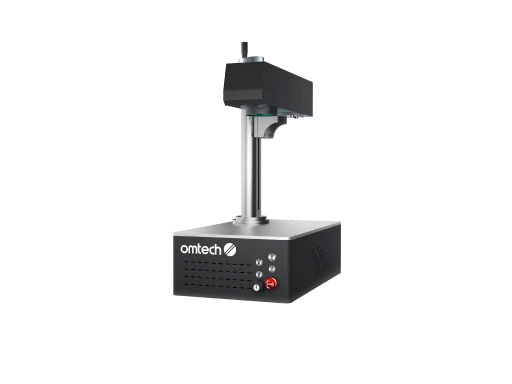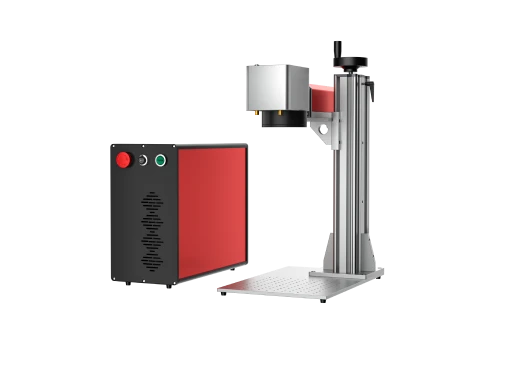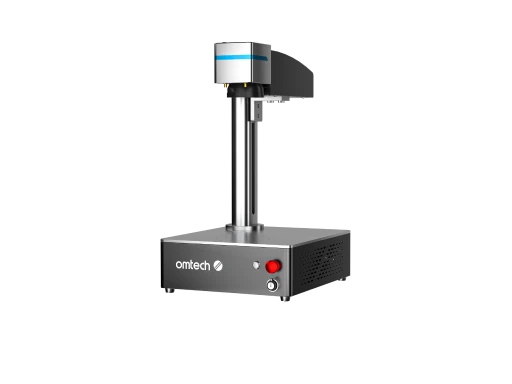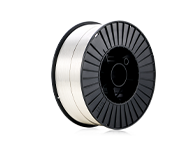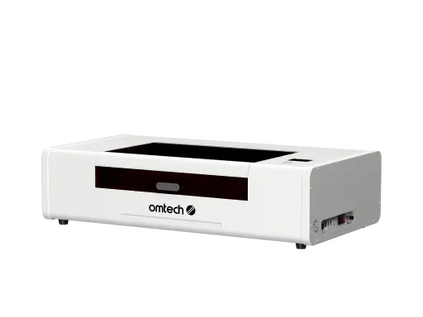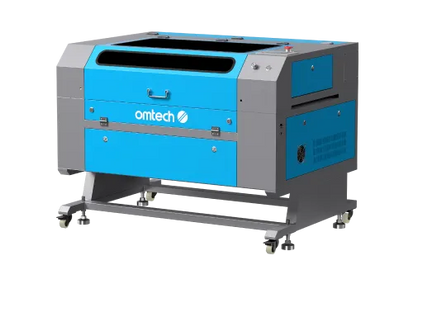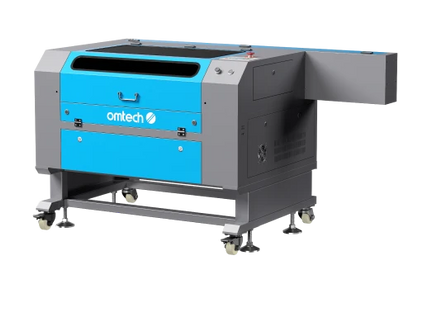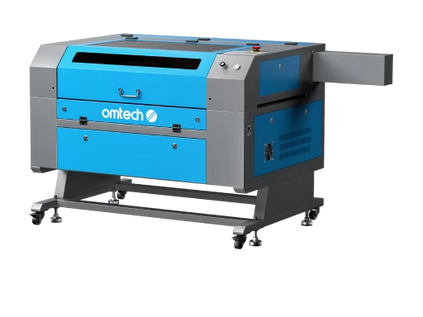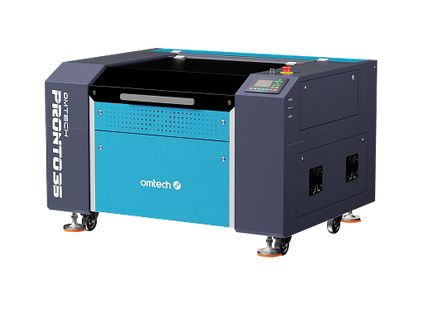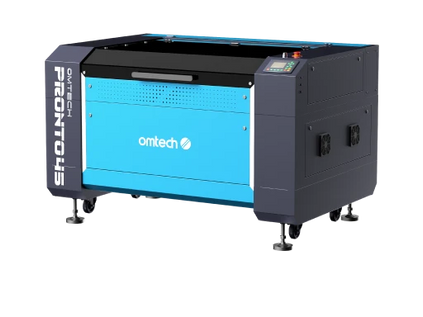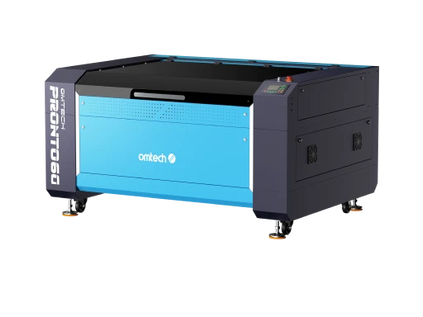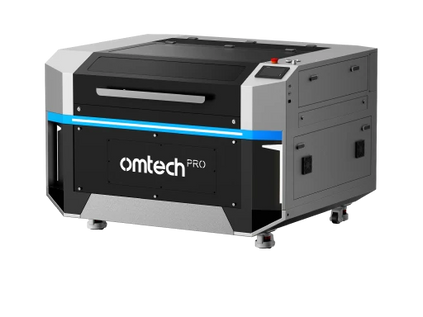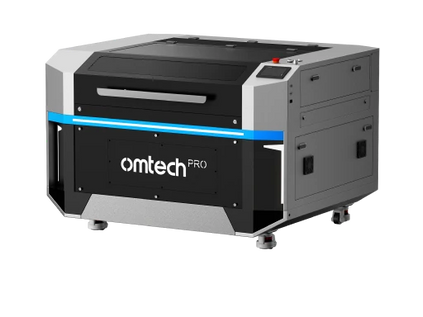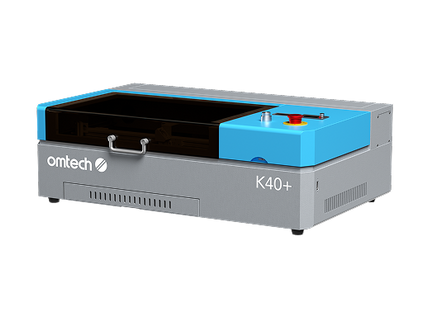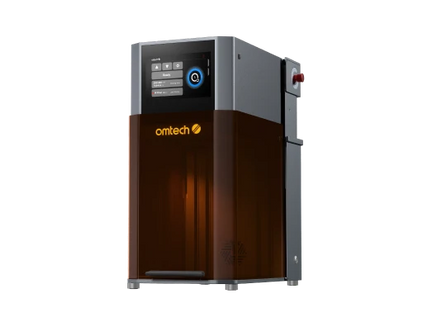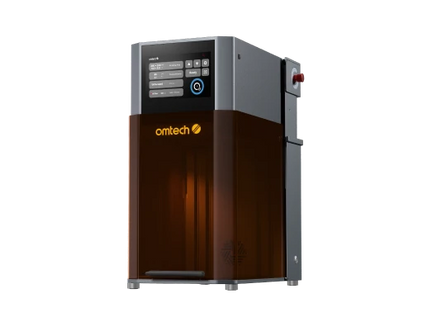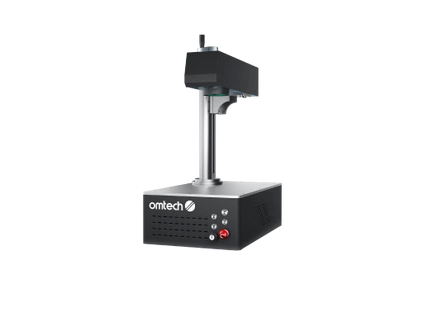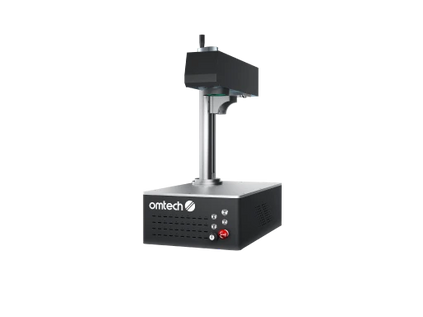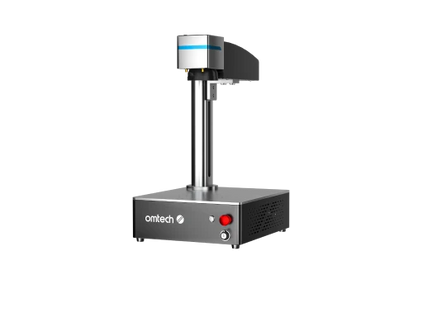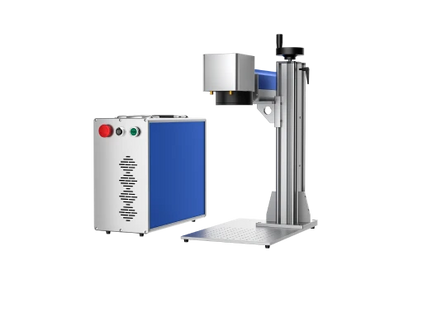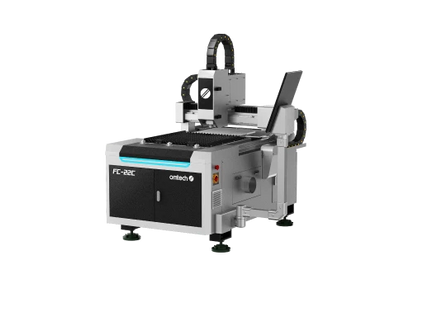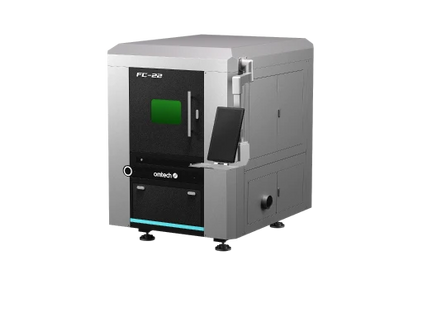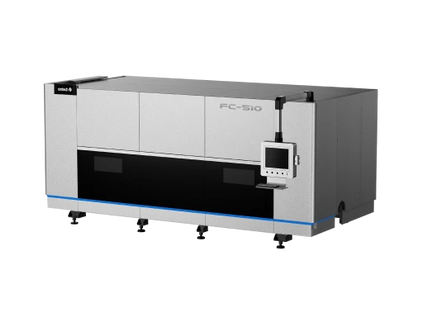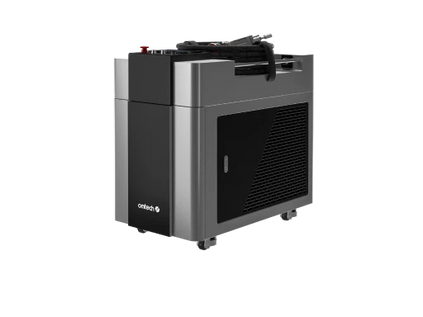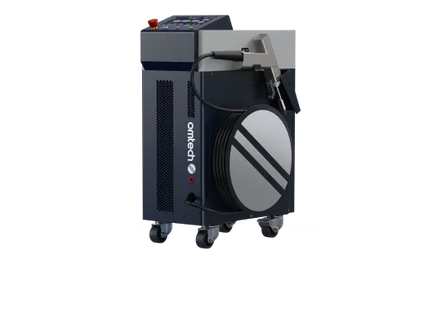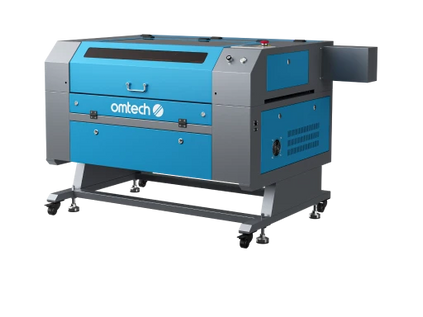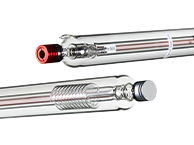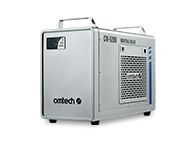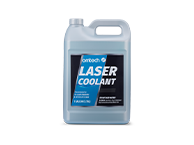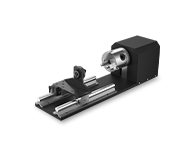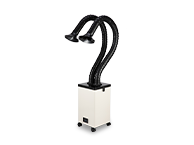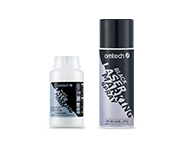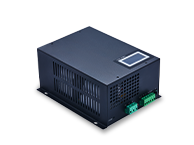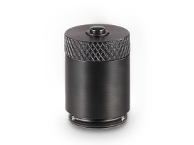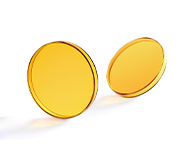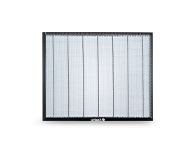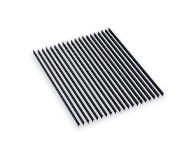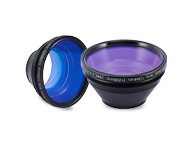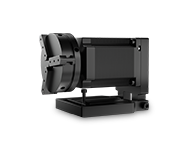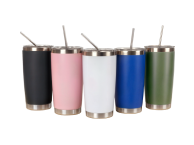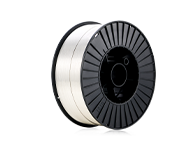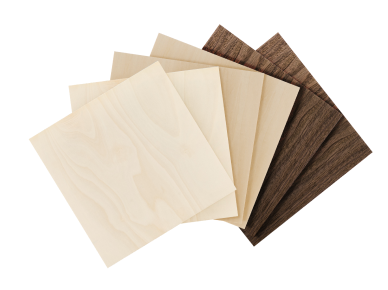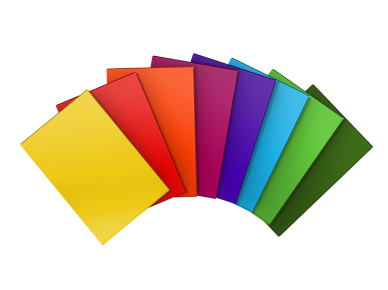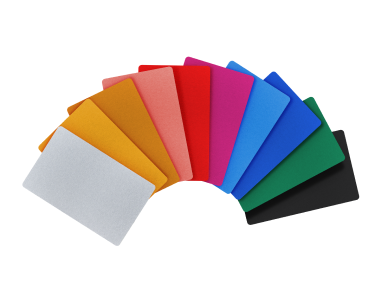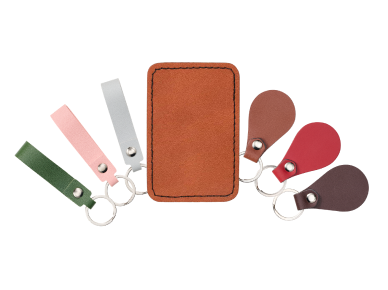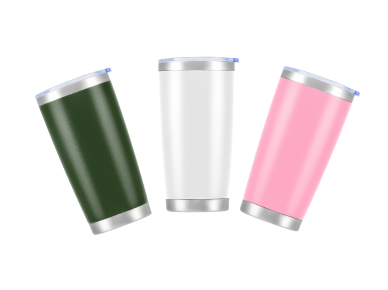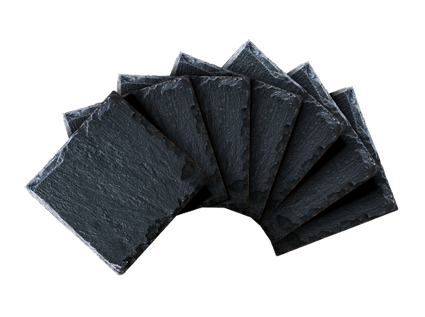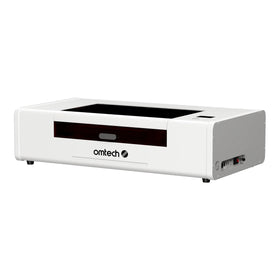How to Laser Engrave Necklaces: The Complete Guide
Whether you’re interested in customizing jewelry for your Etsy shop, small business, or personal use, laser engraving is the go-to method for creating unique and lasting necklaces and pendants. Looking to engrave a photo on a necklace or etch someone’s handwriting into a charm? Laser engravers offer precision, speed, and endless possibilities. From gifts and keepsakes to branded jewelry, laser engraving is the ideal way to quickly and precisely customize products.

In this guide, we’ll walk you through everything you need to know about how to laser engrave necklaces. We’ll explore the different types of laser machines, the best materials for engraving, and the exact steps to help you confidently start your next jewelry project.
What You Need to Know About Laser Types
The type of laser you need depends entirely on what kind of necklace you’re engraving.
-
Fiber Lasers: Best for raw metal materials like stainless steel, sterling silver, gold, titanium, and aluminium. These lasers emit light at a wavelength that interacts directly with metal surfaces, allowing for deep marks, dark contrast, or light etching depending on the settings.
 OMTech autofocus fiber laser marker
OMTech autofocus fiber laser marker
-
CO₂ Lasers: Suitable for organic materials and some coated metal surfaces, such as anodized aluminium or painted dog tags. CO₂ lasers can remove the coating cleanly, revealing the metal underneath without cutting through it.
-
Diode Lasers: Also effective on coated metals and non-metal surfaces like leather or plastic. Diode lasers are typically more affordable and user-friendly for beginners.
If you plan to engrave a wide range of necklace materials—from wood and acrylic to sterling silver and stainless steel—a dual-laser machine like the OMTech Solis Duo, which combines diode and fiber laser technologies, offers ultimate flexibility and performance.
Ideal Necklace Materials for Laser Engraving

Before you engrave, identify the material of the necklace. Here are some common types and their compatibility:
-
Coated Metal Dog Tags: CO₂ or diode lasers can strip the coating to reveal contrast.
-
Stainless Steel Pendants: Requires a fiber laser for clean, permanent results.
-
Gold and Silver Necklaces: Fiber lasers offer precise and delicate engraving on these soft metals.
-
Acrylic or Wood Charms: Easily engraved with CO₂ or diode lasers, perfect for lightweight, artistic jewelry.
-
Leather Tags or Wraps: Diode or CO₂ lasers work best, especially for engraving handwriting or monograms.
Design Ideas: From Photos to Handwriting
Laser engraving lets you get creative with jewelry design. Here are some meaningful options:
-
Engrave Photo on Necklace: Convert a high-resolution image to a grayscale bitmap, then raster it using a fiber laser on metal or a CO₂ laser on acrylic. These are ideal for memorial keepsakes or personalised portraits.
-
Engrave Handwriting on Necklace: Scan a handwritten message, signature, or date. Clean the file in graphic software like Illustrator or LightBurn, then import it into your laser program. This technique is widely used for weddings, anniversaries, or family gifts.
When designing, make sure the file is in a vector or high-resolution raster format. Clean lines and strong contrast are key for readability—especially on small pieces like necklace pendants.
How to Laser Engrave a Necklace: Step-by-Step

Step 1: Clean and Prepare the Surface
Use isopropyl alcohol to wipe the necklace pendant. Oils, fingerprints, or dust can interfere with engraving quality. For metals, this step is essential to achieve a sharp contrast.
Step 2: Choose and Import Your Design
Select your artwork, whether it’s a photo, handwritten message, name, or symbol. Convert it to a format your software accepts (AI, SVG, PNG, or BMP). Vector files are ideal for engraving clean lines and scaling without distortion.
Step 3: Size Your Artwork
Necklaces offer a small engraving surface, so sizing is essential. Keep your design clear and centered within the boundaries of the pendant. Add a margin around the edges to avoid overlap or off-center engraving.
Step 4: Secure the Necklace
Use a flat jig or clamp to keep the necklace steady on the laser bed. If engraving on a curved surface, consider using a rotary attachment (if compatible with your machine). Consistent focus is key—especially with small pieces.
Step 5: Set Your Laser Parameters
Your settings will vary depending on the laser type and material. Here are general starting points:
-
Stainless steel (fiber laser): 1000–1500 mm/s, 30–50% power
-
Anodised aluminium (CO₂ laser): 300–600 mm/s, 15–25% power
-
Acrylic or wood (diode or CO₂ laser): 200–400 mm/s, 30–60% power
-
Leather (diode or CO₂ laser): 300–500 mm/s, 40–70% power
Always test on a scrap piece or the back of the pendant before running the final job.
Step 6: Focus the Laser
Whether your machine has autofocus or you adjust manually, confirm that your beam is tightly focused on the necklace surface. A blurry or unfocused beam can create uneven lines or reduce detail, especially in photos or handwriting engravings.
Step 7: Start Engraving
With your piece aligned and settings dialed in, begin the engraving process. Most necklace designs can be completed in under a minute. Watch the job closely to ensure nothing shifts.
Step 8: Clean and Polish
After engraving, remove residue with a microfiber cloth. For metal pendants, you can use a jewelry polishing cloth to enhance the shine. Inspect the engraving under good lighting to ensure all details are visible.
Pros and Cons of Different Applications
|
Material |
Best Laser Type |
Pros |
Cons |
|
Stainless Steel |
Fiber |
Permanent, high detail |
Requires fibre laser (higher cost) |
|
Coated Metal (e.g. tags) |
CO₂ or Diode |
Sharp contrast, affordable options |
Not suitable for deep engraving |
|
Silver/Gold |
Fiber |
Elegant results, perfect for fine gifts |
Softer metals can require precise control |
|
Wood/Acrylic |
CO₂ or Diode |
Lightweight, great for artistic designs |
Less durable than metal |
|
Leather |
CO₂ or Diode |
Excellent for handwriting engravings |
Can darken unevenly if overburned |
Why Choose the OMTech Solis Duo?

For creators and small businesses engraving a range of necklace types, the OMTech Solis Duo is the perfect solution. This dual-laser machine combines:
-
Fiber laser: for deep, high-contrast engraving on metals like stainless steel, silver, or gold.
-
Diode laser: for organic materials like leather, wood, and acrylic.
Its compact design, precise controls, and material versatility make it ideal for engraving everything from custom dog tags to sentimental photo charms. Whether you’re crafting a single gift or fulfilling bulk orders, the Solis Duo delivers professional, repeatable results.
Final Thoughts
Laser-engraving necklaces is a rewarding and profitable way to offer personalised, meaningful jewelry. Whether you're creating gifts, building a jewelry brand, or offering bespoke engraving services, the right laser setup gives you unmatched flexibility.
From engraving a photo on a necklace to capturing a loved one’s handwriting, every design can be brought to life with clarity and detail. And with OMTech laser engravers—especially the versatile Solis Duo—you have everything you need to make your custom jewelry vision a reality.
Ready to elevate your engraving business? Discover OMTech’s full range of laser engravers and create your next masterpiece today.




